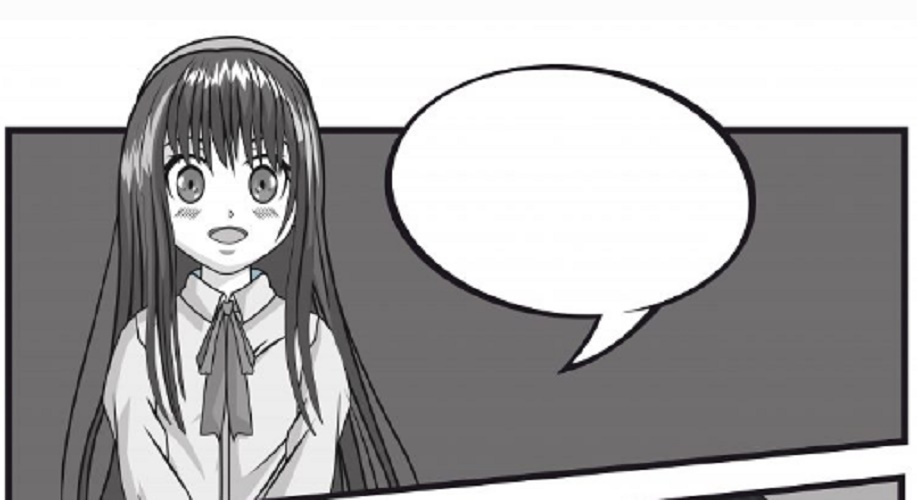What is a cartoon?
We explain what a cartoon is, its characteristics and the elements that compose it. In addition, how to elaborate one and several examples.
-
What is a cartoon?
The comic or comic is a form of artistic expression and a means of communication that consist of a series of drawings, endowed or not with accompanying text , which read in sequence make up a story or a series of them. They are usually framed in vignettes, which are boxes adapted in form and style to the narrative or humorous content of the story.
The comic is a form of expression quite widespread in the history of mankind, dating back to pictorial forms of narrative representation such as that present in Egyptian hieroglyphs , but acquires its real power through political humor, prevalent in Western societies since the time of Roman empire.
The vignettes of political humor represented the powerful or the rulers in foul or daring situations, so they were often anonymous and virtually illegal . However, the invention of printing and lithography would allow its massification along with newspapers.
Although many assigned a rather secondary place for years, the comic has survived the times and today became the Ninth Art .
There have been great and renowned cultivators of this genre, both in Europe and in the Americas, among which the Americans Will Eisner and Art Spiegelman, the Argentines Oesterheld, Franquin, Trillo, Breccia and Altuna, or contemporary illustrators such as the Scandinavian Jason, stand out. the Italian Milo Namara or Guido Crepax, among many others.
-
Characteristics of a cartoon

The cartoon consists of a sequence of vignettes or images that may or may not be accompanied by text , as well as icons and other typical signs of comic-language, such as lines of movement or text balloons. All of this makes up a story and gives you different levels of meaning.
The comic can be given on paper or in digital format (the so-called Webcomics ), and is often the work of collaborations between writers, cartoonists, colorists and designers, whose cooperation is reminiscent of that of film professionals .
-
Elements of a cartoon
A story includes and articulates the following elements:
- Vignetting . The boxes in which the action (and illustration) of the story takes place, and which serve to separate it from the rest of the page content. Between one vignette and another it is considered that an interval of time elapsed, which can be long (years) or very short (seconds) at the author’s convenience.
- Illustrations . The drawings that convey to the reader what happens. These can be of diverse nature, from simple and cartoony drawings to pseudo-photographic illustrations and enormous realism.
- Text balloons . They do not always appear in the comics, but they serve to encompass the dialogues of the characters and make it clear who says what. They are also known as fumetti or snacks.
- Own icons and signs . The comics employ a symbolism which is its own language to represent movement, emotions, etc. These types of signs are conventional (you have to learn what they mean) but they constitute a fairly universal language. There is a Japanese slope (heiress of the manga) and another western and more traditional.
-
How is a cartoon made?

The steps to make a story are, in principle, simple, but methodical. Like everything in life, doing it with mastery will require practice, but we can order them in three great moments:
- Conceptualisation . The first step, as always, is to sit down and think about what we want to tell and how. What kind of story do we want to tell? What kind of drawings do we want to tell her? What and how will the protagonists, the antagonists, and what is the script to follow? Everything should be sketched and practiced to dominate each character.
- Creation . Once we know what to do, we can start by labeling the sheet, that is, organizing the bullet points on the sheet according to the style of our narrative. A more conventional one will require vignette after vignette in a ratio of two or three per page, while a more avant-garde can break the narrative flow or use the entire page. That done, we must add in each vignette the illustration we want: tell what happens.
- Review . Once the story is told, we must add the minimum details: the signs that clarify the situation, the text in the sandwiches, the support text, etc. It is time to review that the action is logical and that no clarification is needed to follow the narrative thread. Then we can add textures and other more decorative aspects.
-
Cartoon examples
Some famous comic books and graphic novels are:
- Garfield , comic strip created by Jim Davis.
- MAUS , famous graphic novel in two volumes of Art Spiegelman.
- Frank , cartoon drawn by Jim Woodring.
- The Eternalist , created by HG Oesterheld and Francisco Solano López.
- X-men , comic series created by Stan Lee and Jack Kirby.
- Akira , manga created and drawn by the Japanese Katsuhiro Otomo.





